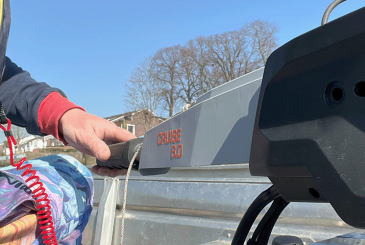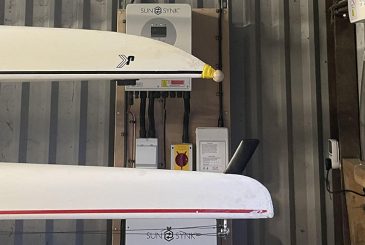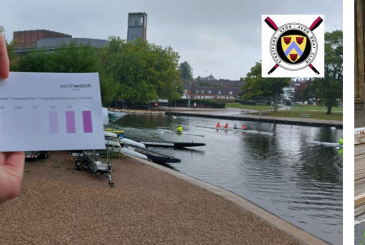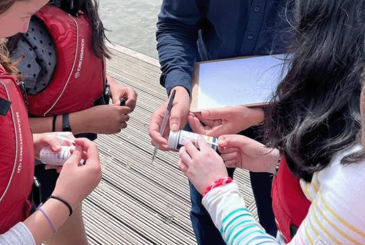David Blackham, Director of Rowing at The King’s School, Chester, shares his top tips for preparing your boathouse for the start of the new season every autumn
The ‘off-season’ is crucial. It gives athletes time to rest their bodies physically and to refresh mentally. But for the boathouse, the period of lighter rowing activities is invaluable in preparing the fleet for the year ahead.
Here are four important tasks that can be addressed in August and September.
1 – Boathouse clearance
The summer is probably the only time that you can do this without accidentally throwing away someone else’s valuables. The off-season gives you a chance to clear out any clutter. Every boathouse has it, the items that have been there for years but nobody really knows who owns them. It’s time to clear them out. There’s only room for functional kit in what is a limited space. Put bigger items on eBay to avoid having to transport them to the tip.
2 – Boat and shell repairs
Most athletes and club members will be scared off by this task but everyone started somewhere. While it may be best to send the top specification racing boats to a professional outfit to be fixed, there is no cost benefit to doing this with the older boats, which in most clubs are the majority.
Fixing an older shell is not dissimilar to filling a hole in a wall. Here’s how: smooth and clean the area around the hole; fill the hole with your waterproof filler (making sure you use more filler than required, so you can sand it back) or two-part resin and allow to dry. After a couple of days you’ll need to sand it back with a wet-and-dry block until you have a smooth finish. Make sure you then finish the job with a white waterproof spray paint. The psychological benefits of finishing the job off well are huge for the athletes and the fleet.
A boat with filler in all the holes will soon have plenty of new holes, whereas a boat which has been finished off and resprayed will be looked after much better by the athletes.
Fixing an older shell is not dissimilar to filling a hole in a wall
3 – Blade management
It’s also a good time to review the state of your blades, both for rowing and sculling. Chips and damage to spoons can generally be fixed in-house if caught early enough. A clamp and strong adhesive will fix most minor damage and stop it from spreading further. Consider re-spooning a set of blades if the looms and handles are still in good shape, but the spoons are worn. Most blade suppliers provide this service and will turn your older blades around for a lower price than a new pair.
4 – Fleet management
When planning for the future, you need to look at where you want to be rather than indulge in knee-jerk purchasing. In the absence of weekly kit pressures you can make a much better informed decision on which boat type works for you.
Most boat manufacturers have UK representatives and will loan you a demo boat for a trial period. Try also looking at 10-year-old boats from that brand to see how they age. Most clubs will buy a boat for the duration of its life and so performance during the first three years is not always the most important feature.
Many of the boat manufacturers are now internalising the key features of the boat, steering wire, rudder and speaker cables – great, but are you going to be able to fix them if they break?
This article first appeared in Rowing & Regatta magazine in August 2014.










